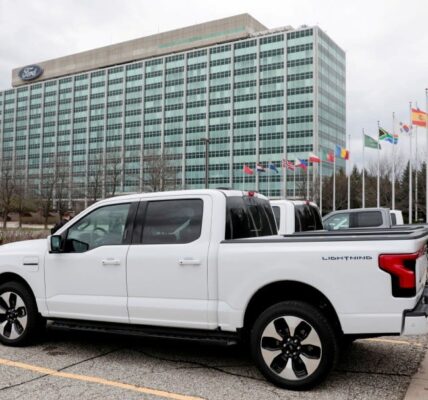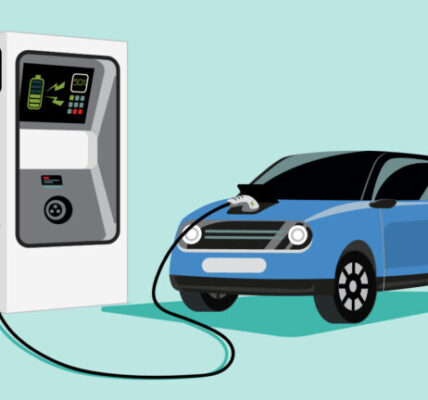According to one article in The Kenyan Wall Street, the government of Kenya has plans to have at least 5% electric car share by the year 2025 — 5% of all vehicles registered in the country, not 5% of new car sales. There have been some efforts implemented to help the country achieve this goal. In September, the Ministry of Energy said there was a need for new buildings to incorporate charging stations. In August, KenGen said it has plans to roll out an electric charging network and introduce electric vehicles for public transportation.
All of these plans will help the country shift from internal combustion engine (ICE) cars that have large negative impacts on the environment to more environmentally friendly vehicles electric vehicles. The move to EVs is not only a Kenyan effort in Africa. It’s a new dawn for the continent, in which we see so many countries — such as Ethiopia, Nigeria, Algeria, Kenya — striving to accelerate the change to electric vehicles. In 2019, Rwanda was the first African country on the continent to partner with Volkswagen and Siemens to introduce charging stations and electric vehicles in the country.
Kenya’s 2019/20 budget considered incentives for anyone who imports electric vehicles. The excise duty for electric cars now stands at 10%, from 20% previously. However, this duty reduction is not having s significant impact on achieving the 2025 goal. To move this dream into actualization, we need to have an auto assembly factory in Kenya for electric vehicles. Without this, it is costly to import an EV with a 25% import duty, 10% excise duty, VAT, and the declaration fee. With all of these charges, potential EV buyers tend to shy away from electric cars, but once we have an assembly factory, it will be more comfortable and cheaper to own an electric vehicle.
The charging station network is another challenge — there are currently no public charging stations apart from the ones located in these three spots: The Hub Karen, Two Rivers, and Thika Road Mall.
Therefore, if you own an electric car or an electric motorcycle, you need to organize where you can charge and you have very limited choices. It is crucial to know how long your electric car can last you on a single charge before starting your journey because there aren’t charge stations around the country currently. However, all is not lost.
If the country desires to go electric, there are several things its government needs to do to achieve clean transportation in the next couple of years to come.
Have a local electric car factory, or at least assembly facility. Several companies manufacture electric vehicles globally. It will be beneficial to Kenya’s citizens if the government signs an agreement with a company to produce/assemble EVs there. It will help reduce the cost of shifting an electric car.
Help develop the charging infrastructure. The Kenyan government can also help develop a superb public charging station network.
Have lower rates for EV charging. Kenya Power could provide low-cost charging periods for electric cars to help lower the cost of electric vehicle ownership.
Switch to 100% electric buses quickly. Changing over public transit fleets to electricity quickly will reduced air pollution rapidly and help encourage further EV infrastructure and awareness. They are already often cost competitive — or far cheaper if you take into account large improvements to public health.








